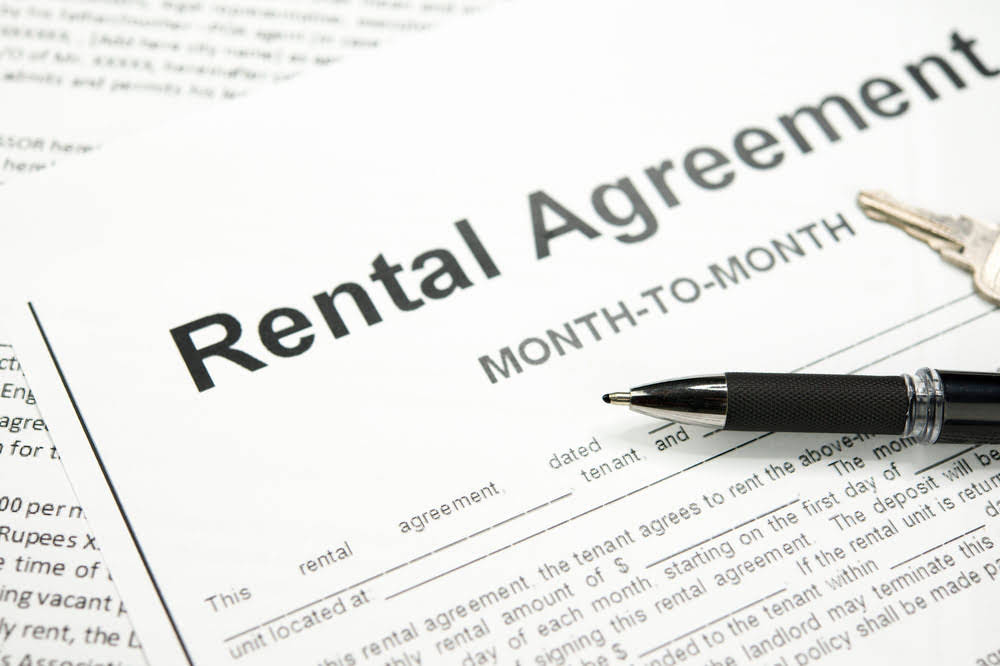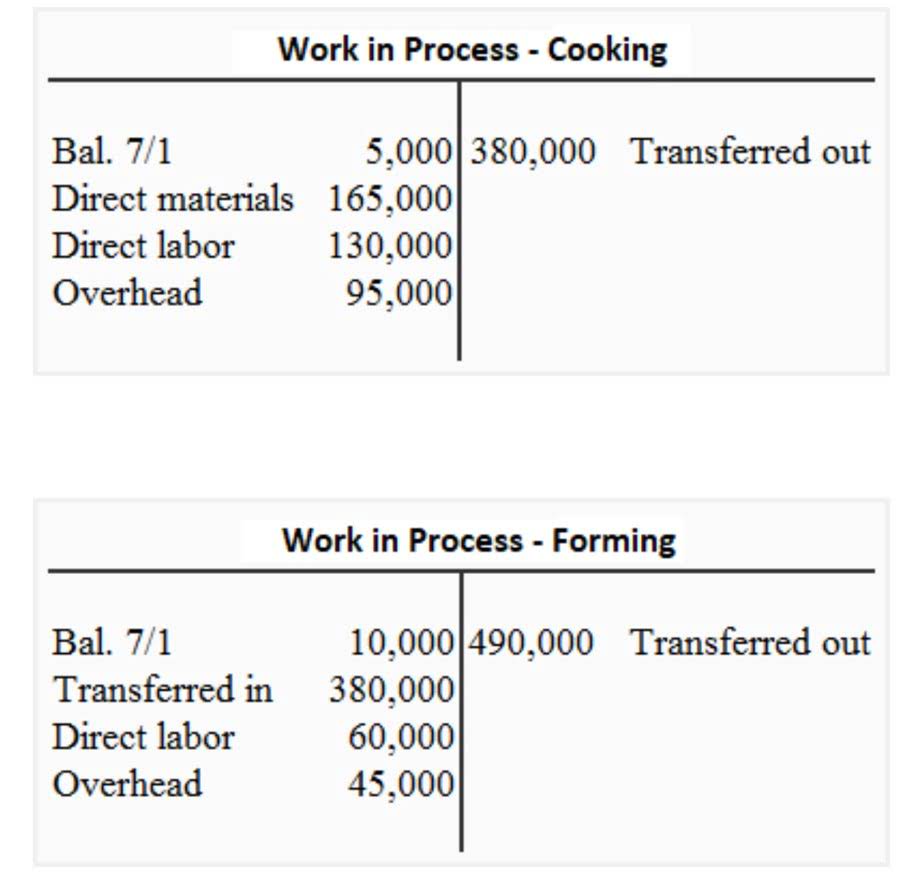
Join over 1 million businesses scanning & organizing receipts, creating expense reports and more—with Shoeboxed. Accounts payable are products or services that you owe money for, such as appliances, repairs or fees. This is generally a short-term debt for something that has been provided on credit. Preparing templates for key reports can be done with simple spreadsheets or text documents. However, manual reporting is not ideal or recommended as it is both incredibly time-consuming and creates a large opportunity for human error. We’ll also include a list of common accounting terms and their definitions.

Sometimes using devoted software will assist immensely with rental property accounting, mainly to help owners save time during such a time-consuming process. This is an important distinction when it comes to recording transactions for rental property accounting. Let’s assume that a tenant paid upfront for five months of rent payments and wrote out a check for $10,000. Under this method of accounting, property management will write in only $2,000 a month, even though the entire sum of 5 months has already been transferred to the business account. Review your property management business’s financial performance annually, focusing on key metrics such as capital appreciation, rental cash flow, tax shelter benefits, and debt paydown.
Accounting terms and what they mean
Building systems can reduce the time you spend on important but mundane tasks significantly. With the right property management bookkeeping basics, you’ll be able to manage your accounts consistently, proactively, and accurately. While there are nuances to property accounting, it’s no more difficult than any other accounting. There are, however, certain accounting actions that make property management accounting unique.
Finally, use the data from your expenses to make informed decisions about how to manage your properties more effectively. For example, if you notice that maintenance costs are higher than expected, you may need to invest in more preventative maintenance to reduce costs over time. Separate your administrative expenses from property-related expenses by maintaining separate accounts. This helps in accurate record-keeping and allows for better analysis of financial data.
Are there specific reporting requirements around reserve funds?
Every 6 months to a year, make sure that the property owner (beneficiary) information for your trusts is accurate. As mentioned above, the five types of transactions listed in a chart of accounts include assets, liabilities, equity, income, and expenses. For example, under income you can list rent, pet fees, appliance rentals, or parking fees. accounting for property management A team of highly skilled professionals can handle accounts receivable and payable with precision, ensuring that clients’ financial records are accurate and up-to-date. This personalized approach provides peace of mind, allowing real estate businesses to focus on their core activities while their accounting needs are expertly managed.
- For example, your contractor from a turn did work for you in June, so you record that bill as paid in June, and not July after the invoice arrived.
- They can also assist with tax planning and preparation, saving you time and potentially reducing your tax liability.
- With accounting software, preferably dedicated property management software, you can automate many processes that would take hours to do each month manually.
- The accounting method you choose will depend on how you’re most comfortable tracking and reporting income.
- Property managers can use accounting software that automates the reconciliation process and reduces the risk of errors.
Real estate companies can benefit significantly from specialized accounting solutions tailored to their specific needs. Set your business up for success with our free small business tax calculator. You should consider seeking independent legal, financial, taxation or other advice to check how the website information relates to your unique circumstances. At times, any individual document may seem to be of little importance, but that is, of course, until you need it. Using a personal account for your property incomings and outgoings is a surefire way to get things muddled up when it comes to reconciliation.
Why conduct a reserve study?
Visually, a chart of accounts is just a list of your various financial accounts, typically using a number system to organize those accounts. A typical early accounting mistake is to do your property and other business transactions from a personal account. Instead, it refers to any report that gives information on the financial health of a business. Credit gets into the heavy accounting jargon, but the vital thing to understand is that credit refers to any transaction that appears on the right side of an asset account. Overhead includes all costs to run your business outside of the actual service you provide.

Accrual accounting is the method of recording transactions when they are due rather than when the actual transaction takes place. For example, your contractor from a turn did work for you in June, so you record that bill as paid in June, and not July after the invoice arrived. In the context of property, assets could depreciate with excessive use or deteriorating condition. Understanding depreciation is handy for predicting the value of your assets over time. A common approach to setting up your chart of accounts is to use a block numbering system.
